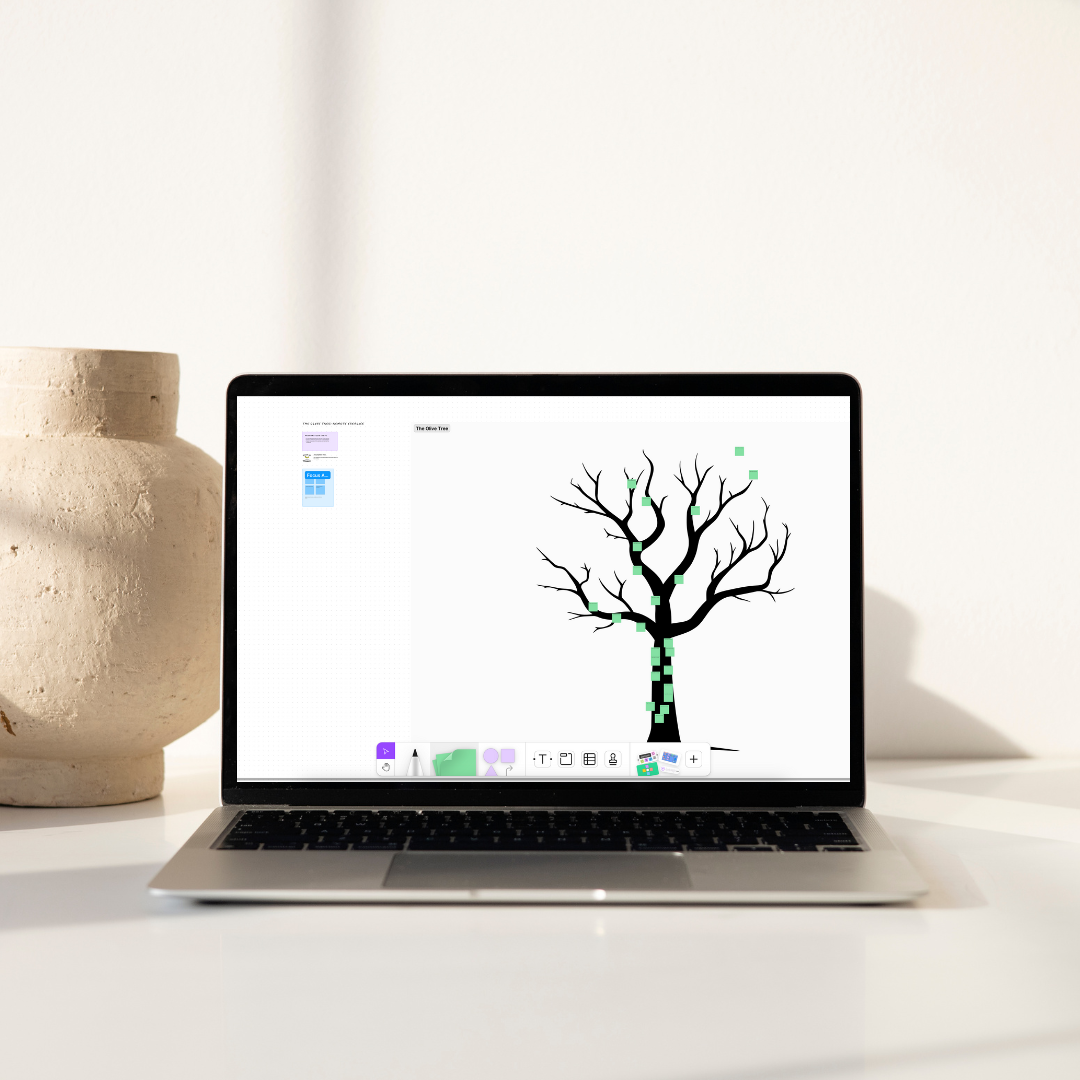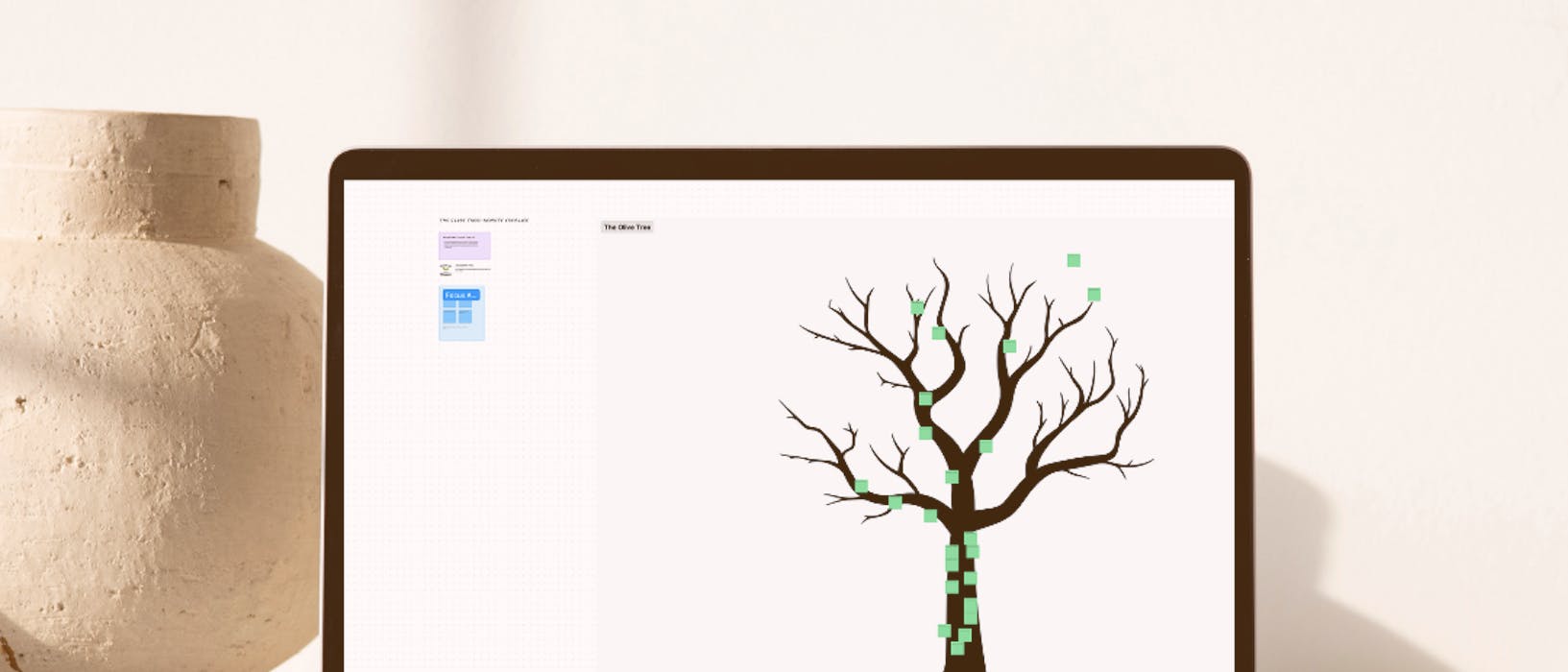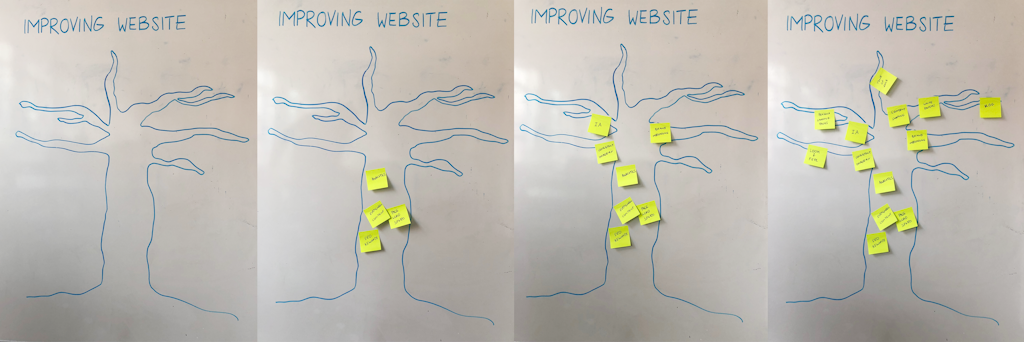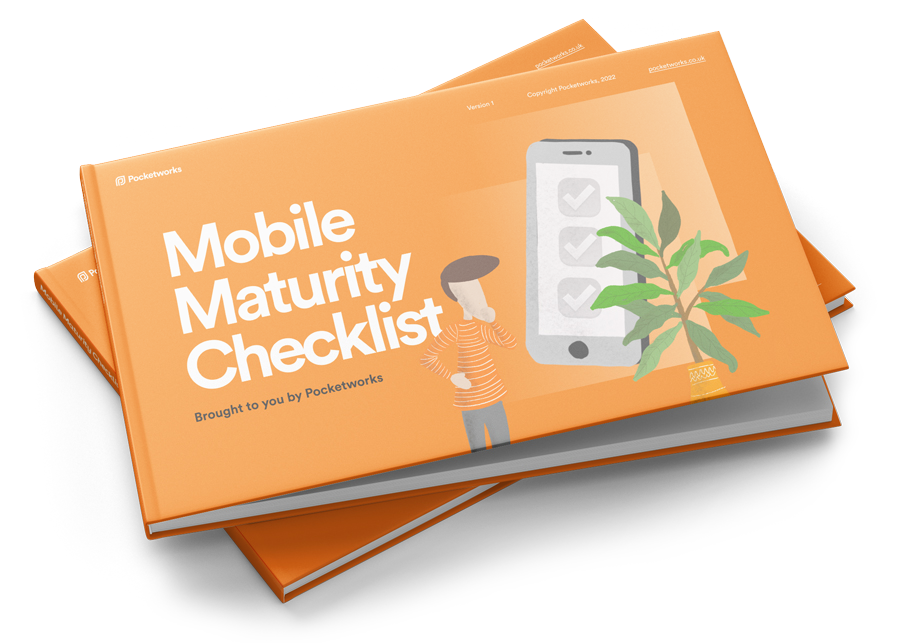If you're designing a product's roadmap, you'll appreciate that design workshops are incredibly helpful for gaining an in-depth knowledge of your clients’ businesses. One of the main challenges when running a workshop is keeping the audience engaged without wasting time.
This is why we love The Olive Tree exercise and often utilise it in our discovery workshops. We find it always helps to “break the ice” and generate interesting discussions.
The Olive Tree exercise helps gather information from multiple stakeholders, align teams with different opinions and priorities and guide future strategic direction.
In this blog post, we’ll explain how The Olive Tree exercise works and show you how you can use this simple but effective workshop to enable alignment in your own organisation.
💡 Pro tip: Even though this is quite a hands-on exercise, don’t forget to run a 5/10 minute ice-breaker before, as it will warm the room up, especially if you’re running this remotely.
Step 1: Setting up
Before your workshop begins, you’ll need to set up the necessary materials based on your meeting format. If the meeting is in person, prepare some Post-it notes on the table (you can also cut them into the shape of leaves if you’re feeling crafty) and draw a tree on a board visible to everyone. Don’t forget to add enough limbs for all the categories you want to tackle. However, if the meeting is remote, you can substitute the physical materials with a FigJam template that can be accessed by all participants. We have linked the template we use here.

Step 2: Defining the roots
Once everyone's settled, encourage the group to scribble down their assumptions on the next big thing for the product. Imagine your tree’s roots as the solid, undeniable facts about your product. As you move upwards towards the trunk and branches, things get a little more speculative. For example, if you’re deciding to target a different customer segment, the roots and trunk of your tree might hold research-confirmed data, while the leaves flutter with possibilities yet to be explored. Feel free to colour-code similar areas, adding visual clarity to the process.
Step 3: Deciding what areas to focus on
Once you’ve written down all the ideas, participants should choose the area they feel most confident about and identify the aspects within that area that require further research. Finally, decide on three actionable steps to validate these aspects moving forward. We recommend not picking more than three action items (they can be from different focus areas).
Conclusion
Analysing the Olive Tree's outcome, we observe which branches triggered the most ideas and which areas were overlooked. We can testify that The Olive Tree activity can work really well long-term, as we’re still using the findings from a workshop we ran in 2019. It assists us in identifying new product features and comprehending our organisation's various needs and opinions.


